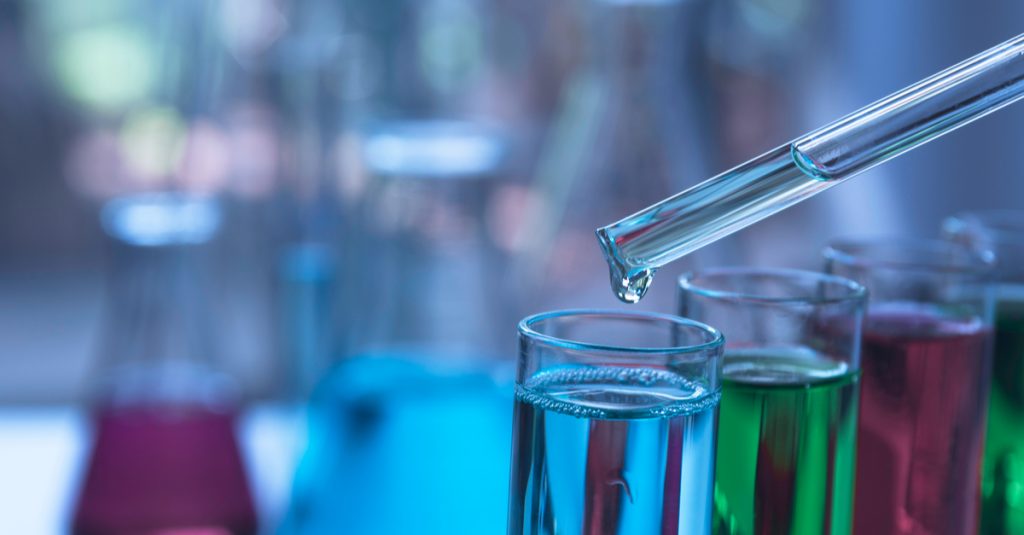Chemical reactions are fundamental processes that drive the world around us. From the synthesis of new materials to the breakdown of complex compounds, understanding how to react to chemical reactions is crucial for scientists, engineers, and enthusiasts alike. In this blog post, we will explore the various aspects of reacting to chemical reactions, including the importance of safety, reaction kinetics, and strategies for optimizing reaction outcomes.
- Safety First: Preparing for Chemical Reactions
Before diving into the intricacies of chemical reactions, it is essential to prioritize safety. This section will discuss the necessary precautions, such as wearing personal protective equipment (PPE), understanding material safety data sheets (MSDS), and implementing proper ventilation systems. By following these safety guidelines, you can minimize risks and ensure a secure working environment. - Understanding Reaction Kinetics: The Key to Successful Reactions
Reaction kinetics is the study of how reactions occur and the factors that influence their rates. This section will delve into the concepts of reaction rate, activation energy, and the role of catalysts. By comprehending these principles, you can manipulate reaction conditions to achieve desired outcomes efficiently. - Reactant Selection and Optimization: Maximizing Reaction Efficiency
Choosing the right reactants and optimizing reaction conditions are crucial for obtaining high yields and minimizing unwanted byproducts. This section will discuss strategies for reactant selection, including considerations such as reactivity, purity, and availability. Additionally, we will explore techniques like temperature control, solvent selection, and catalyst usage to enhance reaction efficiency. - Monitoring and Controlling Reactions: Tools for Success
To ensure the success of a chemical reaction, it is essential to monitor and control its progress. This section will introduce various analytical techniques, such as spectroscopy, chromatography, and titration, that enable real-time monitoring of reactions. Additionally, we will discuss feedback control mechanisms and automation technologies that facilitate precise reaction control. - Troubleshooting and Problem Solving: Overcoming Challenges
Even with careful planning, chemical reactions can encounter unexpected challenges. This section will provide insights into common issues encountered during reactions, such as side reactions, impurities, and yield limitations. We will discuss troubleshooting strategies and problem-solving approaches to overcome these obstacles effectively.
Conclusion:
Reacting to chemical reactions is a multidimensional process that requires a deep understanding of safety protocols, reaction kinetics, optimization strategies, monitoring techniques, and troubleshooting skills. By mastering these aspects, scientists and enthusiasts can unlock the full potential of chemical reactions, leading to groundbreaking discoveries and innovations.




More Stories
Choosing the Right JA Solar Panel Model for Your Needs
Why 51.2V Low Voltage LFP Batteries Deliver Exceptional Lifespan and Cycle Durability?
Unlocking Smart Energy: Key Benefits of a 3 kW Hybrid Grid Solar Inverter